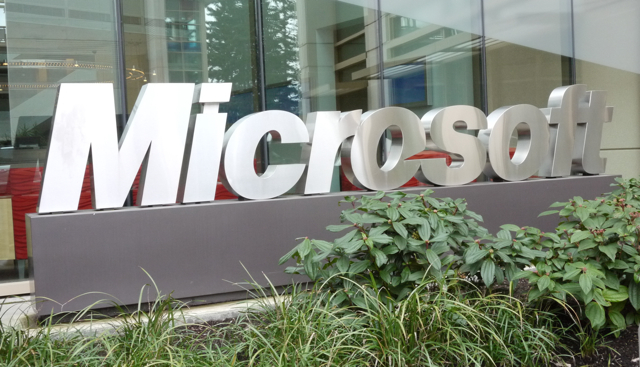Microsoft Imagines a Practical Future for Quantum Computers
November 22, 2016
Microsoft is going full bore into quantum computing, moving from pure research into efforts to build a prototype of what has been primarily an experimental field. If and when they come to fruition, quantum computers could have an impact on drug design, artificial intelligence and even our understanding of physics. For that reason, IBM and Google are also investing in quantum computing, although Microsoft has taken a singular approach, based on so-called braiding particles (also known as anyons).
The New York Times reports that anyons, “which physicists describe as existing in just two dimensions” would “form the building blocks of a supercomputer that would exploit the unusual physical properties of subatomic particles.”
Obstacles still exist to building quantum computers, “both at the level of basic physics and in developing new kinds of software to exploit certain qualities of devices known as qubits that hold out the possibility of computing in ways not possible for today’s digital systems.”
Qubits can exist as “on” and “off” at the same time, unlike transistors (for which on and off represent a digital 1 or 0). In an “entangled” state, qubits can be physically separated but act as if they are entwined and, “with many other qubits … can represent a vast number of values simultaneously.”
Engineering manager Todd Holmdahl, who is managing the Microsoft quantum computer project (and the company’s HoloLens AR system), said Microsoft “now believes that it is close enough to designing the basic qubit building block that the company is ready to begin engineering a complete computer.”
As part of the Microsoft Artificial Intelligence and Research Group, created by Harry Shum, Holmdahl will also work with Delft University physicist Leo Kouwenhoven; University of Copenhagen’s Charles Marcus; University of Sydney’s David Reilly; and E.T.H. Zurich’s Matthias Troyer.
“Once we get the first qubit figured out, we have a road map that allows us to go to thousands of qubits in a rather straightforward way,” Holmdahl said. The Microsoft approach to quantum computers, dubbed topological quantum computing, is based on a field that garnered a Nobel Prize in Physics for three scientists “who had done fundamental work in forms of matter that may exist in just two dimensions.”
Quantum computing is as of yet unproven, although one early project, Shor’s algorithm, used to factor numbers, is “giving hope that quantum computers might be used in the future for breaking codes … [which] would potentially have world-shaking consequences.” Other approaches “might allow faster searching of databases or perform machine learning algorithms, which are being used to make advances in computer vision and speech recognition.”


No Comments Yet
You can be the first to comment!
Sorry, comments for this entry are closed at this time.